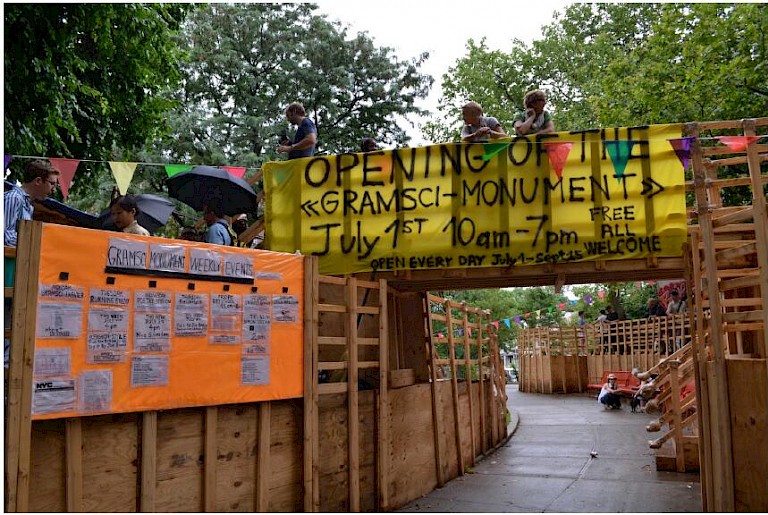



Thinking Gramsci today means to discover the relevance of the concepts he signed in collective (communal) life. It means to experiment with the conditions for collective thought and action. Crucially, such experimentation must take place in civil society, since for Gramsci civil society was the realm in which cultural hegemony was both established and contested. Gramsci Monument reminds us of the importance of critical thought to the contestation of cultural hegemony, and thus to non-fascist life. At the same time, it leaves us with the proposition that the event of thought is fundamentally precarious. It may be nurtured and encouraged, but can never be captured for eternity as traditional monuments suggest.
All copyright belongs to Shanghai Academy of Fine Arts, Shanghai University.

